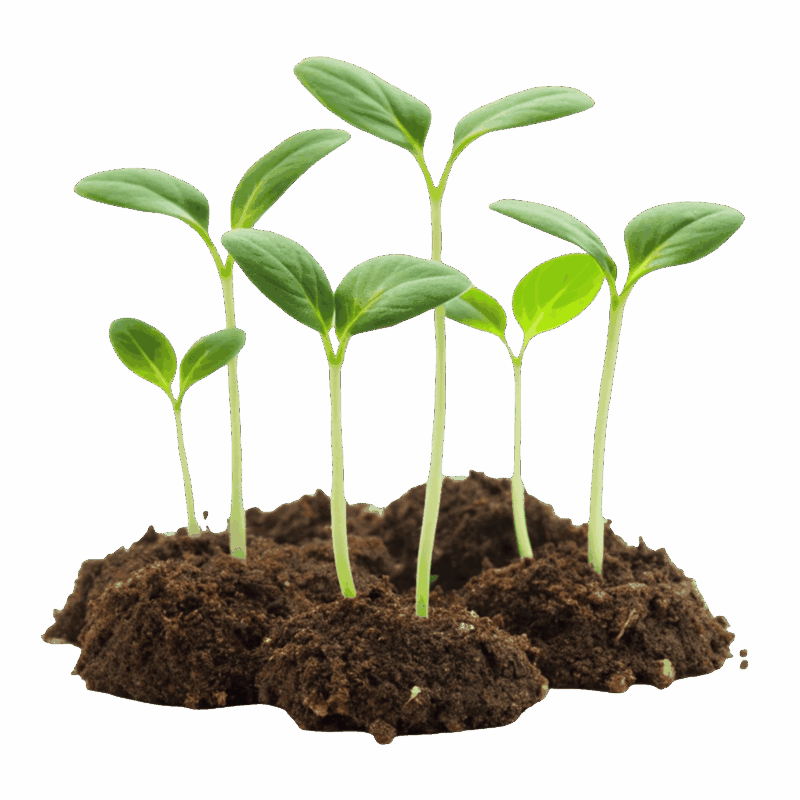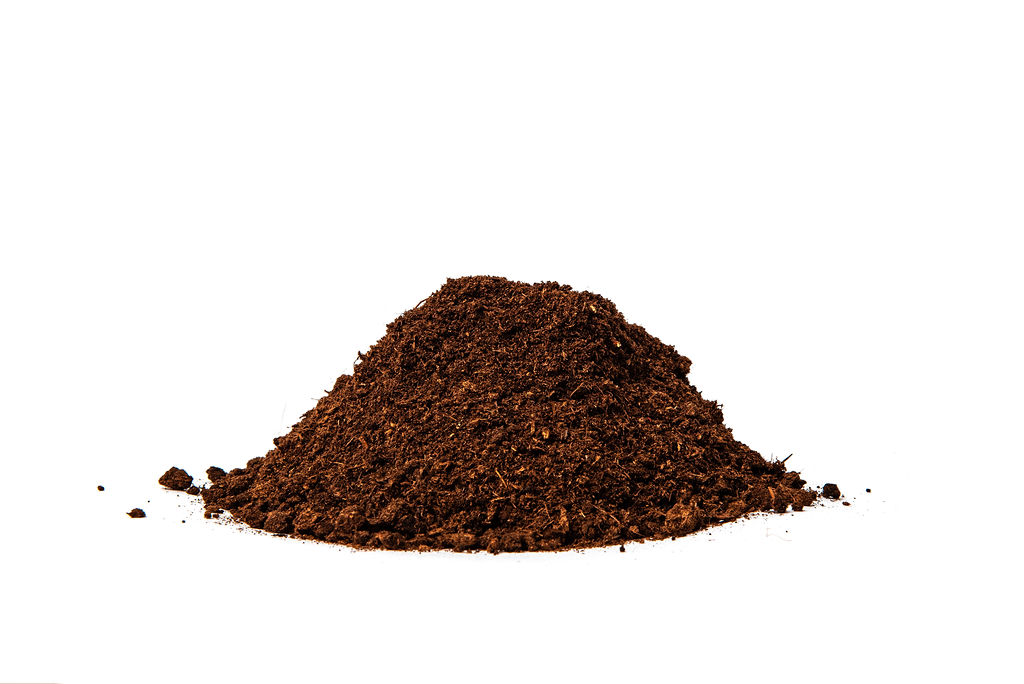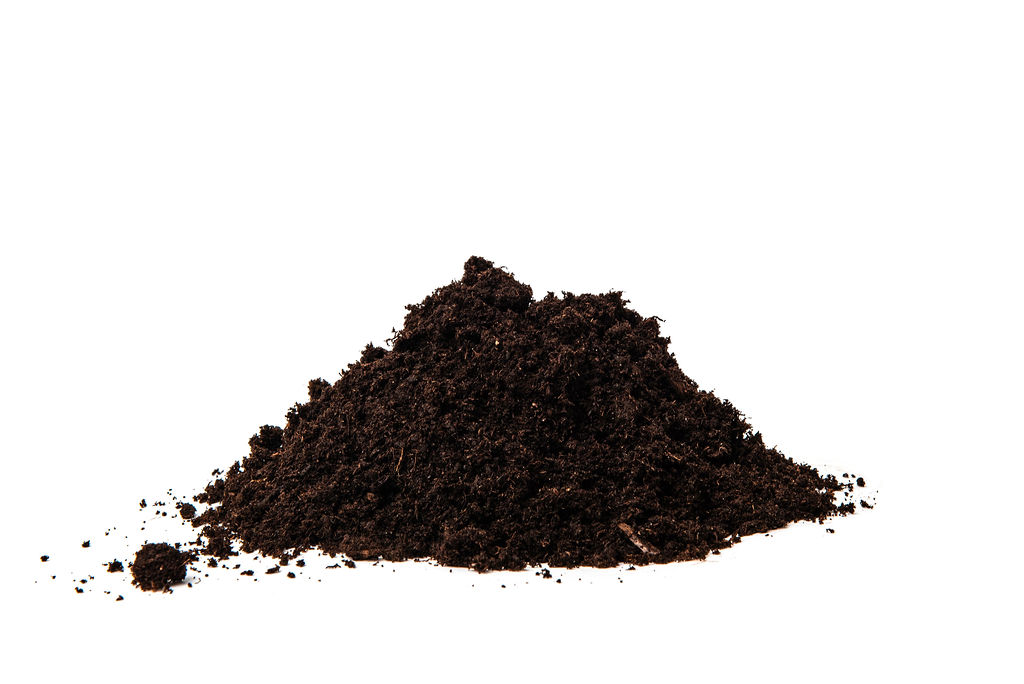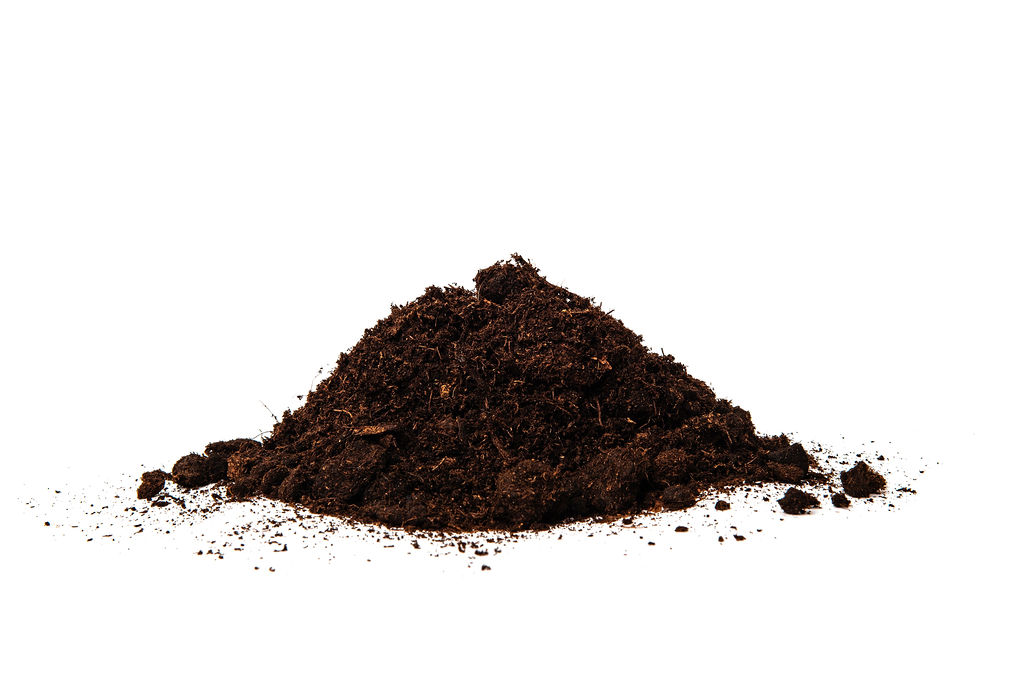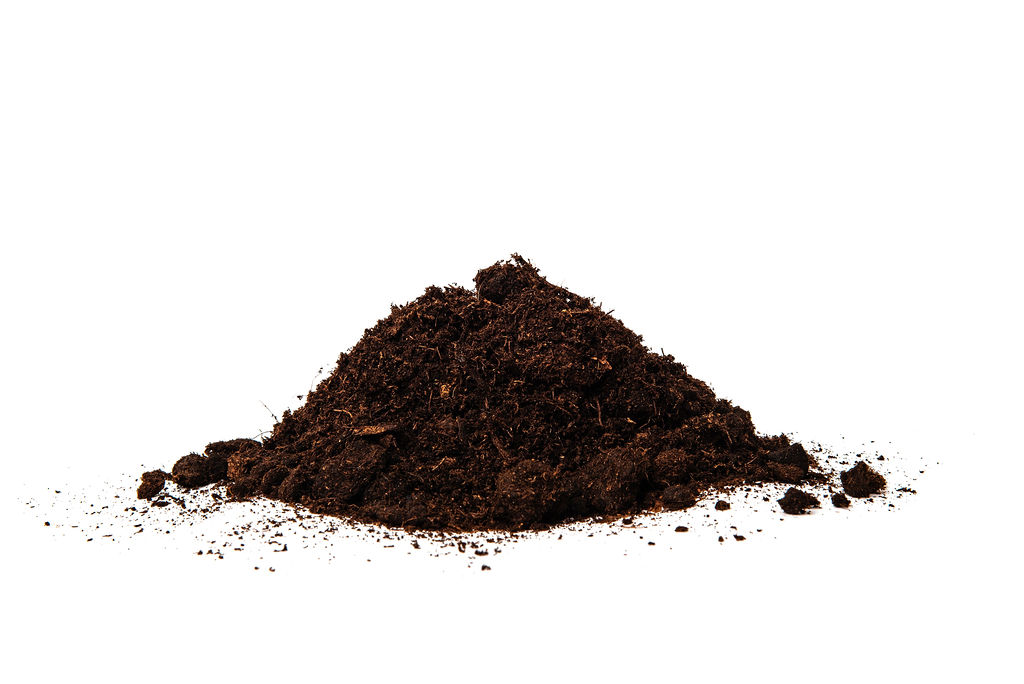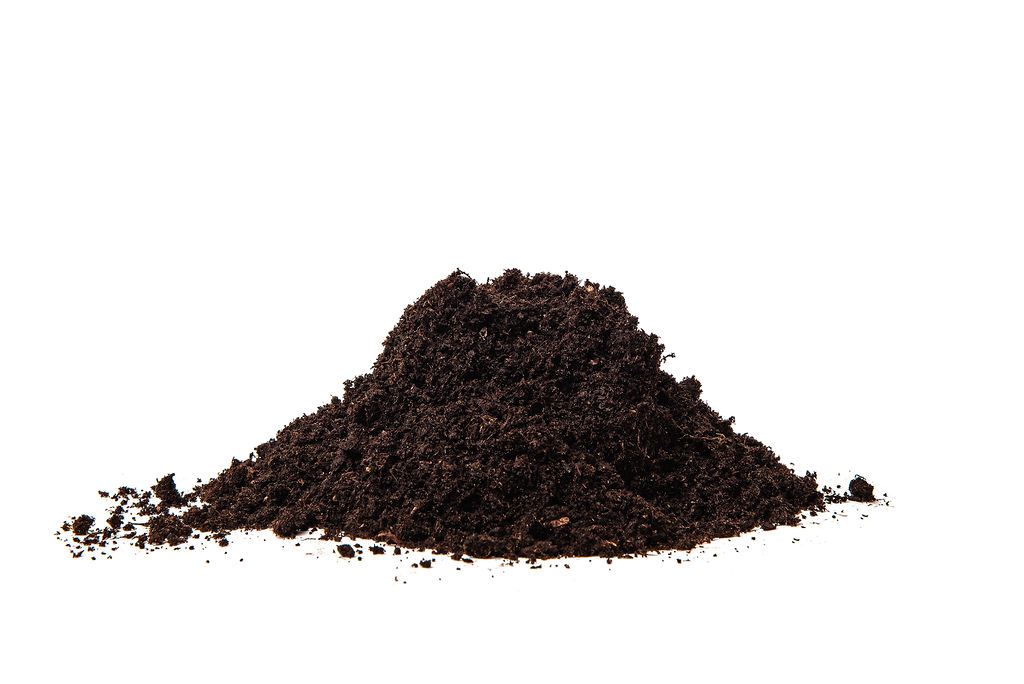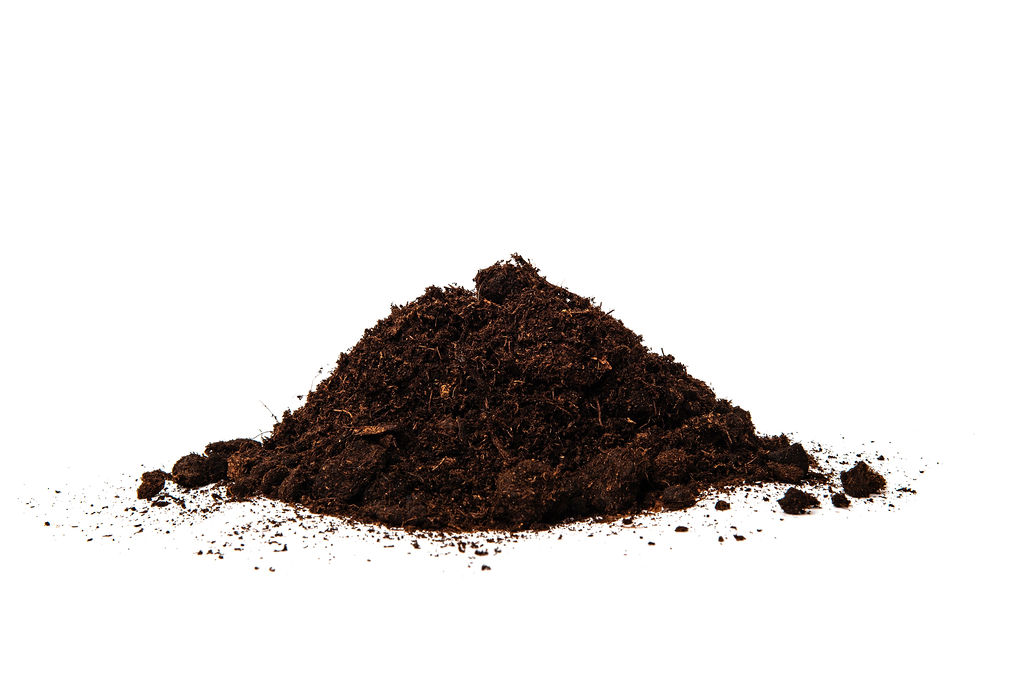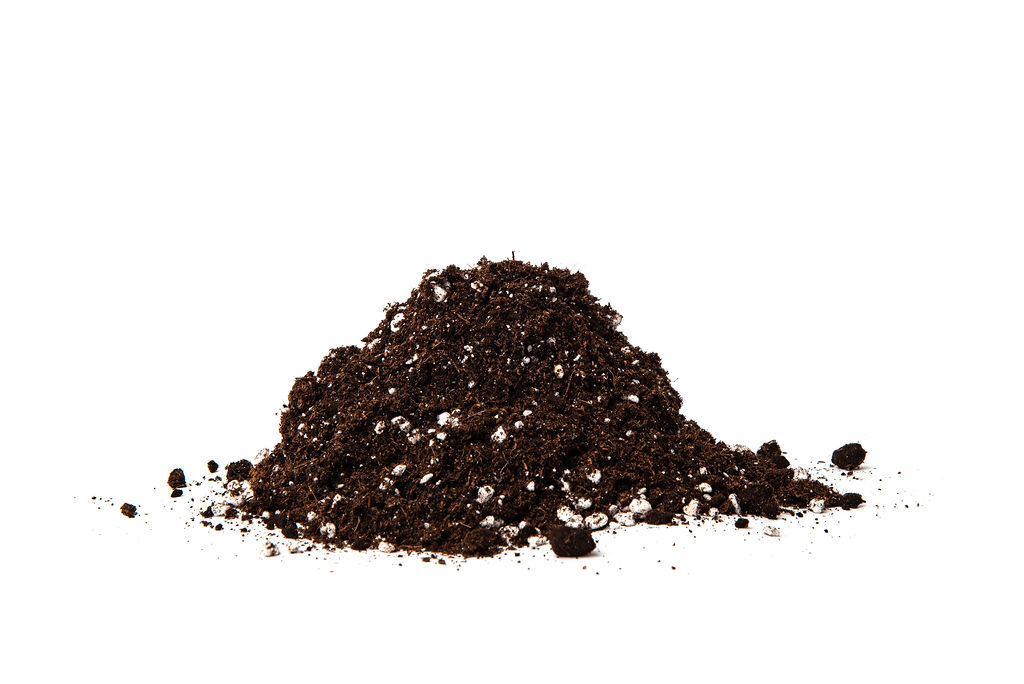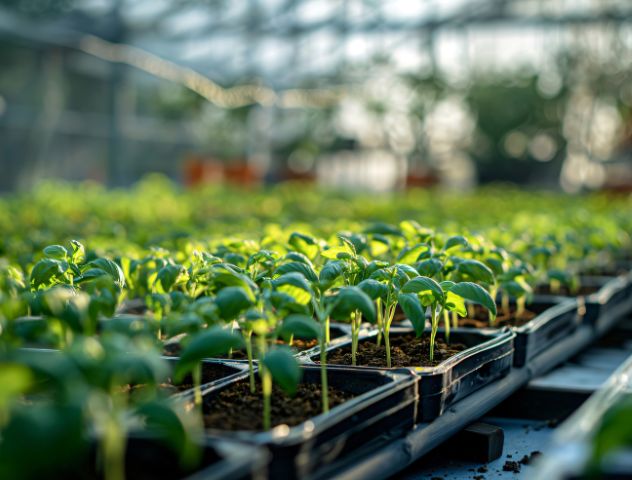
Why Peat Is Ideal for Plant Propagation
Getting the balance right between moisture and aeration is one of the biggest challenges in plant propagation. Substrates for seed propagation need to retain moisture without becoming soggy, as excessive water can lead to issues like damping-off disease, which can quickly kill young plants. Peat naturally holds moisture while allowing for proper drainage, helping to create the right environment for healthy root development.
Peat is also lightweight and porous, which makes it easy for tender roots to grow without obstruction. This is particularly important for young seedlings as their developing roots need access to both water and oxygen.
How to Use Peat for Propagation
For successful seed propagation and healthy seedlings, follow these steps when using peat propagation substrates:
- Prepare the Peat Substrate: Moisten the peat substrate until it’s damp but not soaking wet. The substrate should hold its shape when squeezed but not drip water.
- Fill Your Containers or Trays: Evenly distribute the prepared peat substrate into your seed trays or containers. Lightly press it down to create a level surface without compacting the substrate.
- Plant Your Seeds: Sow seeds according to their size—small seeds should be lightly covered with a thin layer of peat, while larger seeds may need to be buried slightly deeper. Keep the depth appropriate to the seed type to encourage even germination.
- Water Properly: After planting, water the seeds gently. Using a spray bottle to mist the surface can prevent the seeds from shifting or being washed away. The goal is to keep the peat evenly moist throughout the germination period.
- Maintain Conditions: Place your seed trays or containers in a warm, well-lit area. Most seeds germinate best in temperatures between 65°F and 75°F. Use a humidity dome to maintain moisture levels, especially for species that require high humidity for germination.
- Transplant When Ready: Once your seedlings have developed a strong root system and their first true leaves, they are ready to be transplanted into larger pots or directly into the garden. Peat substrates allow for an easy transition since they support robust root development from the start.
Why Propagate Plants Using Cuttings?
Propagating plants from cuttings is an efficient and reliable method to reproduce plants, particularly when you want to maintain the exact characteristics of the parent plant. Unlike growing from seeds, which can result in genetic variation, cuttings produce clones of the original plant, ensuring consistent traits such as flower color, leaf shape, or growth habit.
- Faster Growth: Cuttings skip the germination stage, allowing you to jump-start the growing process. Since cuttings are already part of a mature plant, they develop roots more quickly and establish faster than seedlings.
- Cost-Effective: Using cuttings allows you to propagate a large number of plants without the need to buy seeds. It’s an excellent choice for gardeners looking to expand their collection or for commercial growers aiming to produce multiple plants from one healthy specimen.
- Preserving Rare or Delicate Plants: For rare, hybrid, or slow-growing species, propagation through cuttings can guarantee that you preserve the unique qualities of the plant. This is especially important for ornamental plants or heirloom varieties that may not breed true from seed.
- Enhanced Control: With cuttings, you have more control over the environment and growing conditions, which helps minimize issues like variable germination rates or slow initial growth, common in seed propagation.
Peat propagation substrates create an optimal environment for cuttings by holding just enough moisture to keep the stems hydrated while allowing excess water to drain, preventing rot. Peat also maintains the humidity needed around the base of the cutting, promoting faster callus formation, which is critical for root development.
